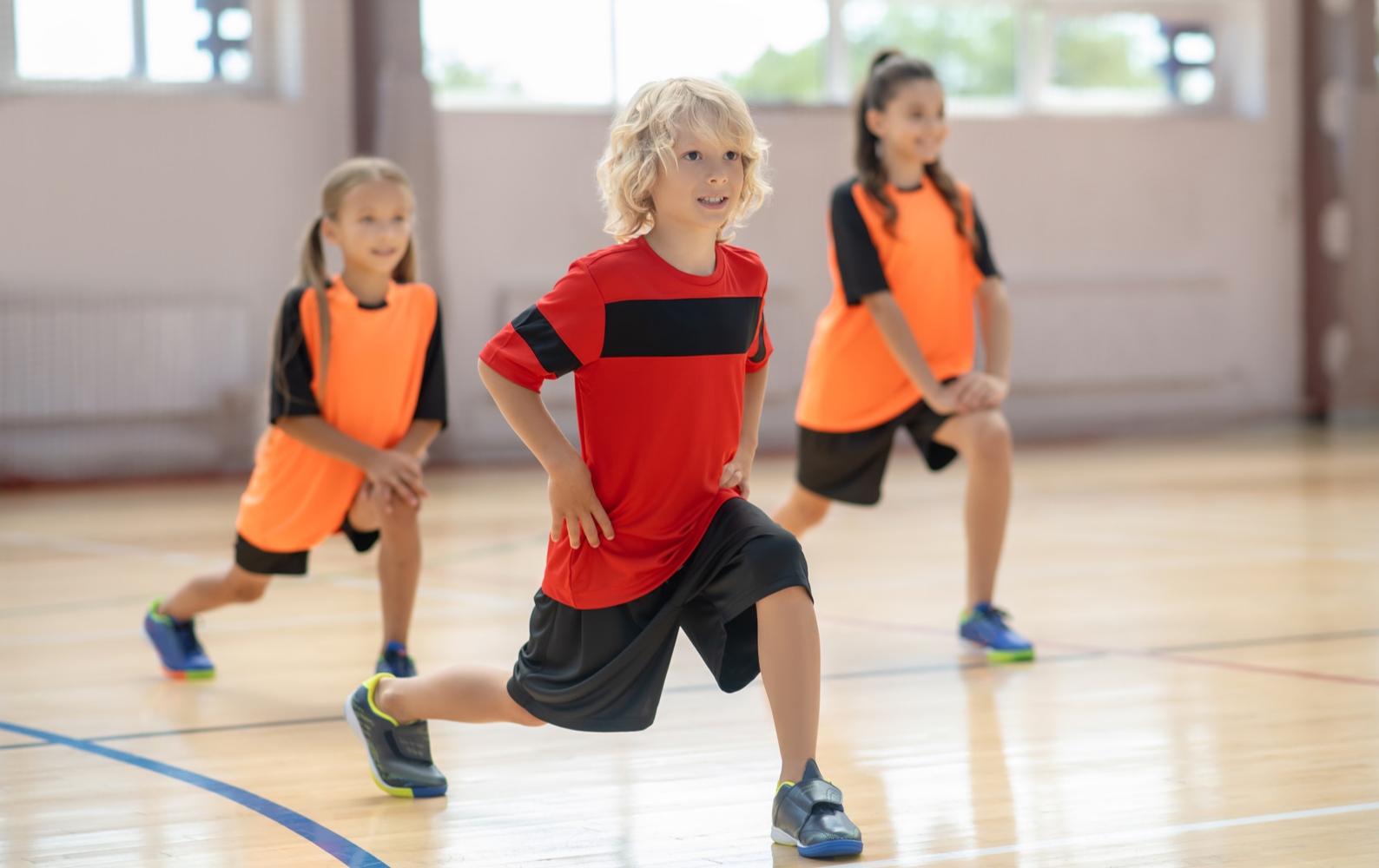Promoting physical activity and addressing weight challenges in autistic children start by incorporating effective exercises into their routines. By providing daily movement activities and engaging in vigorous exercise, parents and caregivers can support their children’s overall health and well-being.
Incorporating daily movement activities is essential for autistic children as it helps them burn excess energy and maintain a healthy weight.
Meanwhile, having them engaged in vigorous activity for around 20-25 minutes per day can have significant benefits, including weight management and overall well-being. Vigorous activity helps decrease stereotypical behaviors, hyperactivity, and aggression in autistic children. It also promotes weight loss, improves cardiovascular fitness, and enhances overall health.
In this article, we’ll look at some of the most effective exercises that can help overweight autistic children achieve a much healthier weight.
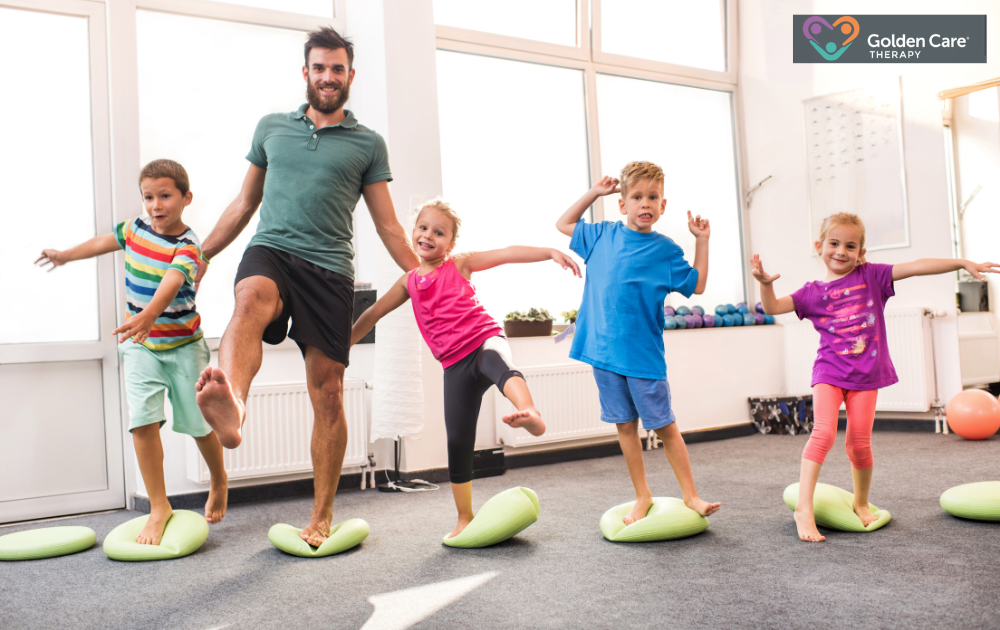
How to Tailor Exercise for Individuals with Autism
Before we begin, parents and caregivers need to tailor the exercises they give to their children based on their unique abilities and interests. By adapting the exercises to meet their specific needs, you can create an environment that promotes engagement and enjoyment.
Here are some effective strategies to achieve that:
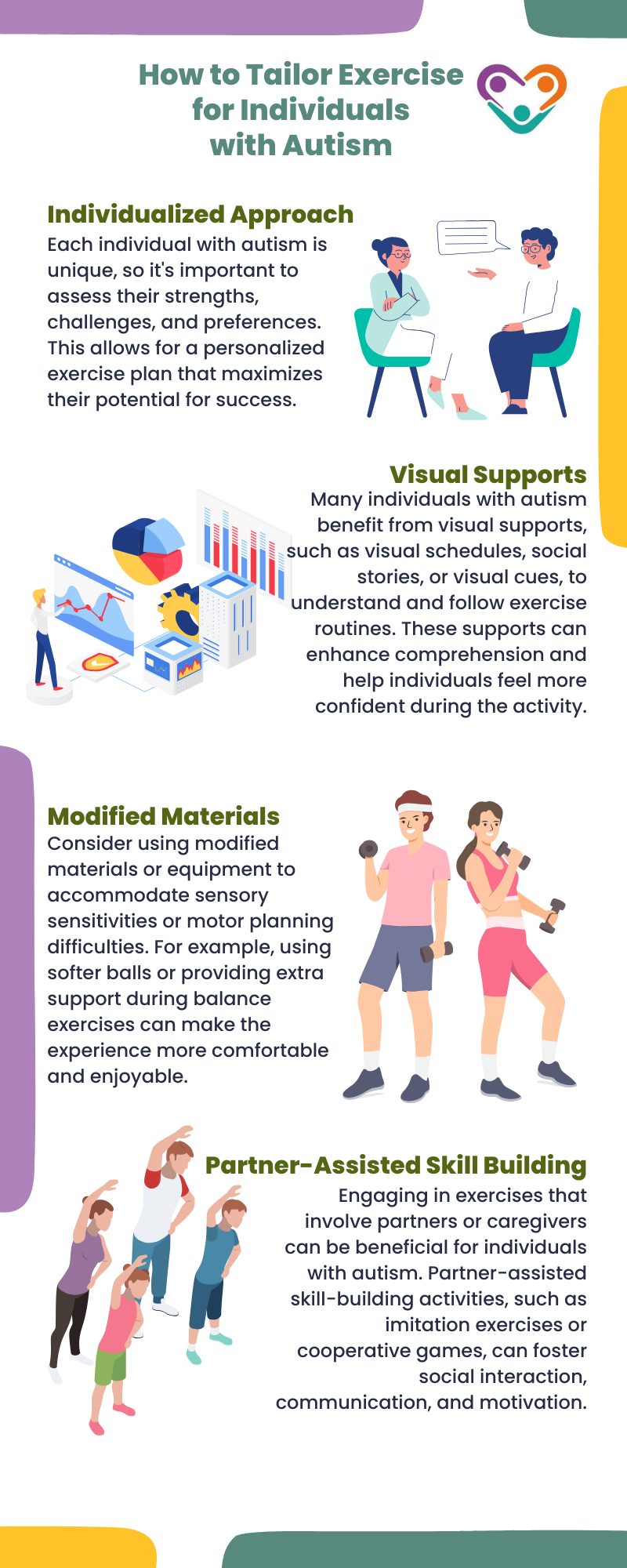
Walking and Hiking
Walking and hiking offer significant cardiovascular benefits, helping to improve heart health and endurance. These activities are gentle on the joints, making them ideal for overweight children.
Additionally, exposure to nature during hikes can have calming sensory benefits.
To get started, begin with short, manageable distances and gradually increase them as the child builds stamina. Selecting routes with varied scenery can keep the child engaged and interested. Incorporating fun elements, such as scavenger hunts or identifying different plants and animals, can make walks more interactive and enjoyable.
Safety is important, so go for safe paths with minimal traffic and obstacles. Always ensure your child is appropriately dressed for the weather and wears comfortable, supportive shoes. Walking with a group or a family member can provide additional motivation and a sense of security as well.
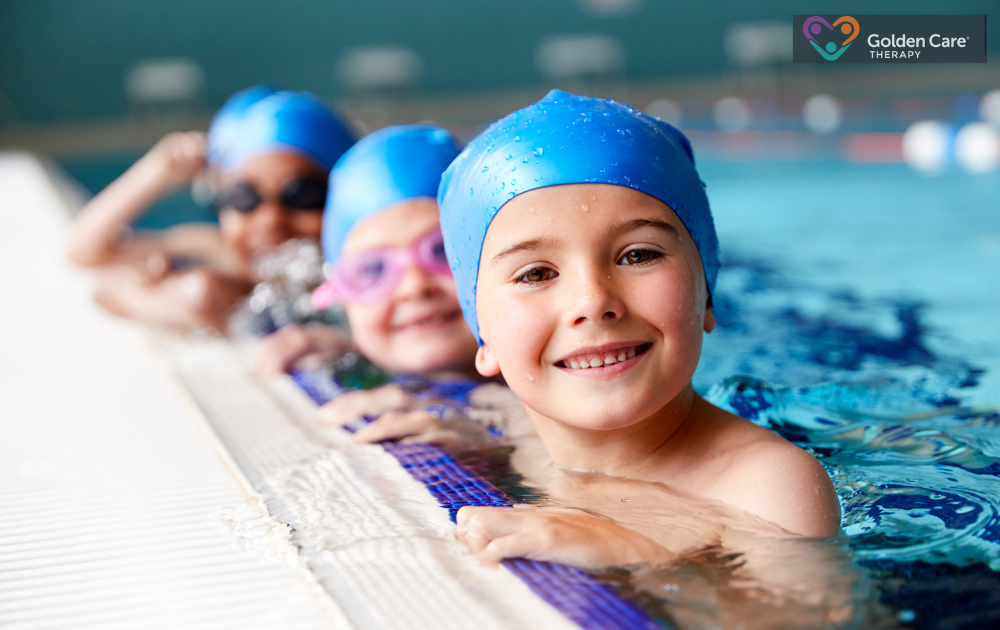
Swimming
Swimming is an excellent exercise for overweight children because the water supports their body, reducing strain on joints. The sensory experience of water can be particularly enjoyable for autistic children as well as it often helps calm and relax them.
Swimming also improves cardiovascular fitness, muscle strength, and flexibility.
Starting with swimming lessons can be beneficial. Look for instructors who have experience working with autistic children and can provide a supportive, understanding environment. Begin with short sessions, gradually increasing the duration as the child becomes more comfortable in the water.
Safety considerations are crucial in swimming. Ensure constant supervision and consider using flotation devices if needed. Public pools with sensory-friendly times can offer a less overwhelming environment.
Encourage the child to play with water toys and engage in simple games to make the experience more enjoyable.
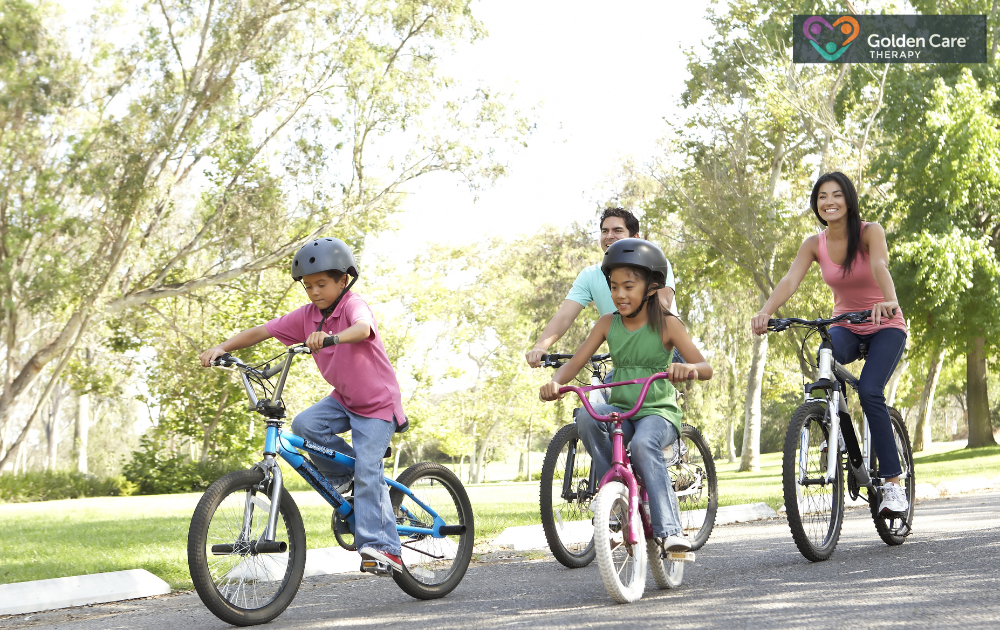
Biking
Biking can be a thrilling way for a child to exercise. Start with a tricycle or a bike with training wheels to ensure safety and build confidence. Over time, as the child’s balance and coordination improve, you can transition to a two-wheeled bike.
Begin biking in safe, controlled environments such as parks or quiet neighborhoods. Gradually increase the distance and complexity of the routes as the child gains confidence.
Using a tandem bike can be an excellent way to start, allowing the child to experience biking while a parent controls the bike.
Safety gear is essential, so ensure your child wears a properly fitted helmet, and consider additional protective gear like knee and elbow pads. Regularly check the bike to ensure it is in good working condition. Encourage biking as a family activity to make it a fun, shared experience.
Yoga
Yoga helps improve flexibility, strength, and balance, and its calming nature can be particularly beneficial for autistic children. The structured, repetitive movements and the focus on breathing can reduce anxiety and improve concentration.
Begin with basic yoga poses that are easy to perform. Use yoga videos designed for children or join a class that caters to children with special needs. Poses can be modified to suit the child’s ability level, and using props like yoga blocks or straps can provide additional support.
Creating a quiet, distraction-free environment for yoga is important. Use a non-slip yoga mat and ensure the child is dressed in comfortable, loose clothing. Encourage the child to practice yoga regularly, making it a part of their daily routine to maximize the benefits.
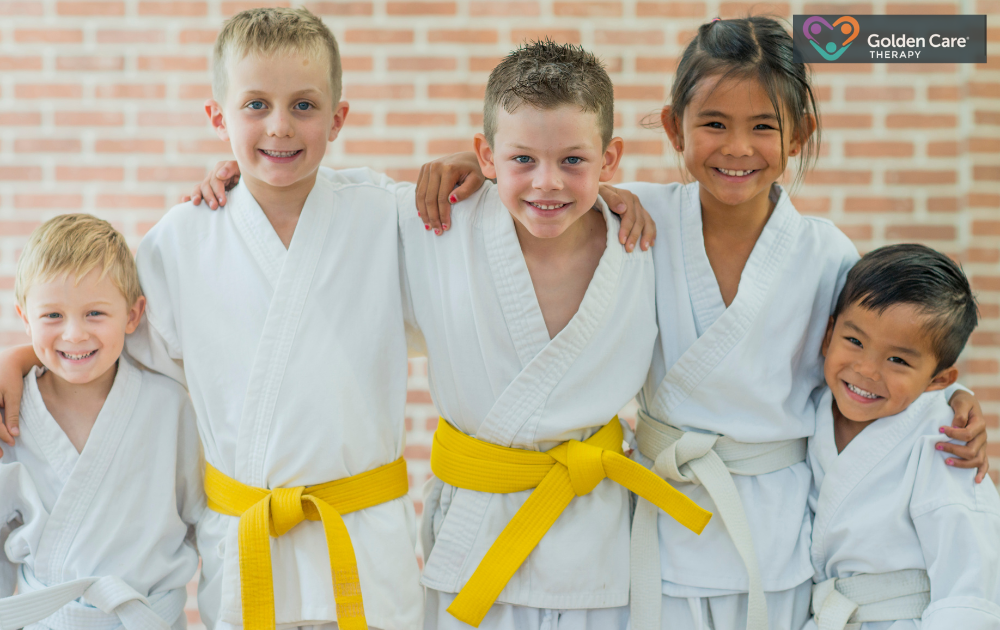
Martial Arts
Martial arts like karate or judo provide a structured environment that can enhance physical fitness, discipline, and self-esteem. These activities also teach respect and self-control.
Ideally, look for martial arts classes that are inclusive and have instructors experienced in working with autistic children. Begin with introductory classes to gauge the child’s interest and comfort level.
Martial arts training often includes repetitive drills that can be comforting and predictable for autistic children.
Safety is a primary concern in martial arts. Ensure that the dojo or training facility has proper safety measures in place, including padded floors and appropriate protective gear. Encourage the child to progress at their own pace, focusing on mastering techniques rather than advancing quickly.
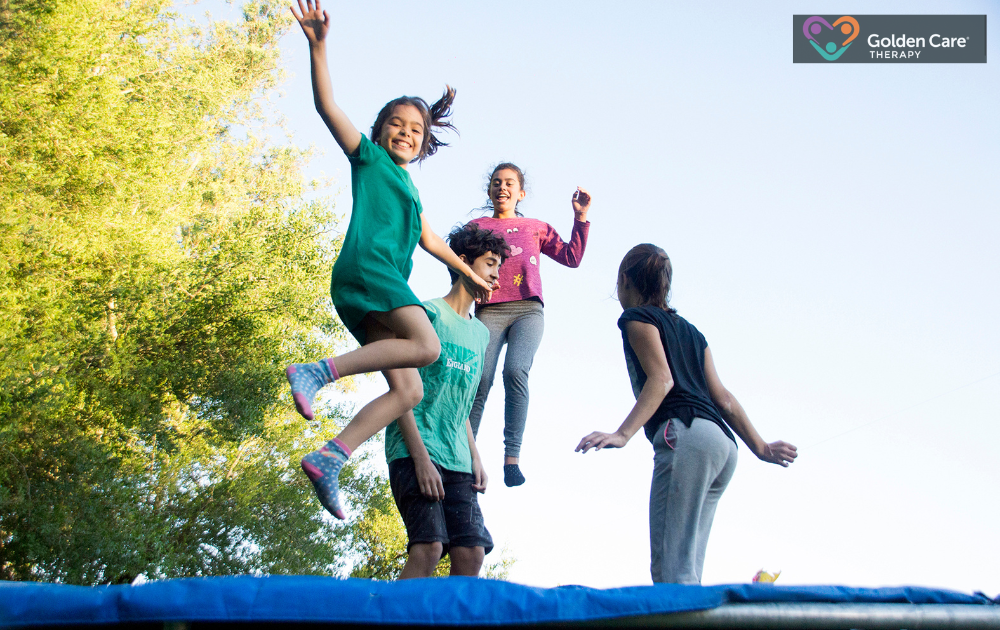
Trampoline
Jumping on a trampoline is a fun way to burn off energy and improve coordination and balance. The repetitive motion of jumping can be particularly soothing for some autistic children.
Start with a small, enclosed trampoline with a safety net to prevent falls. Begin with short jumping sessions and gradually increase the duration as the child becomes more comfortable. Supervise the child at all times to ensure safety and prevent accidents.
Make trampoline time engaging by incorporating games or challenges, such as counting jumps or trying simple tricks. Encourage the child to use the trampoline as part of their daily routine to promote regular physical activity.
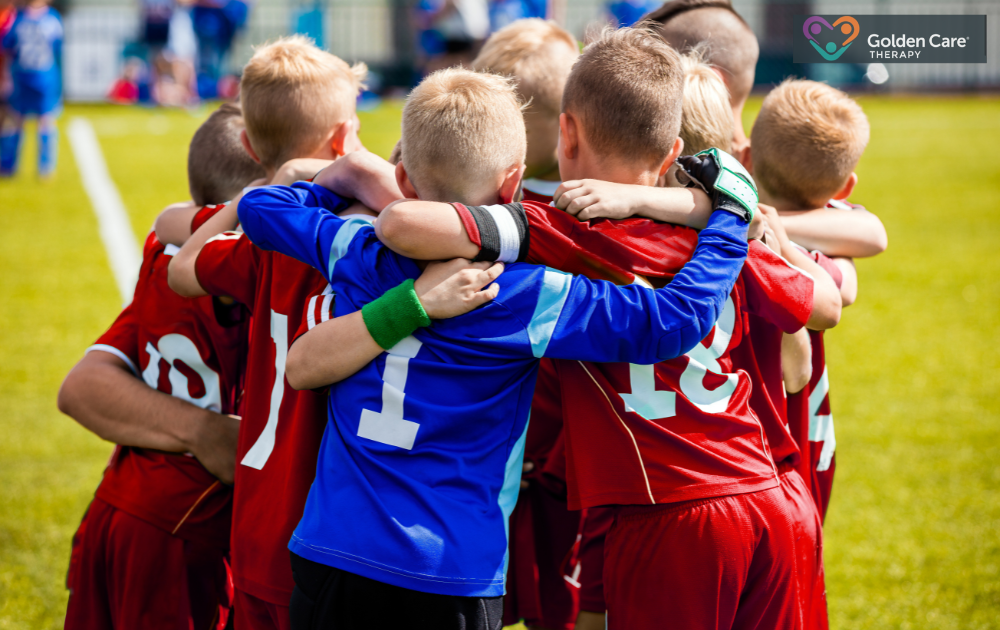
Team Sports
Engaging in team sports like soccer, basketball, or baseball can be beneficial for physical fitness and social skills development. These activities promote teamwork, communication, and a sense of belonging.
Find teams or leagues that are inclusive and supportive of children with special needs. Start with introductory programs or clinics designed to teach the basics of the sport in a non-competitive environment. Ensure that coaches and teammates are understanding and accommodating.
Safety in team sports includes using appropriate protective gear and ensuring the child understands the rules and safety protocols of the sport. Encourage participation by focusing on fun and effort rather than competition and winning.
Regularly attending practice and games can provide structure and routine, which can be comforting for autistic children.
By adapting exercises to the abilities and interests of individuals with autism and implementing strategies for engagement, you can create a positive and inclusive exercise environment.
Remember to be patient, flexible, and responsive to their needs, as this will contribute to a successful and enjoyable exercise experience for individuals with autism.
If you’re seeking specialized ABA therapy in New Jersey, Indiana, Georgia, and New York, Golden Care offers comprehensive services tailored to meet the unique needs of each individual. Contact us to learn more or book a consultation today.
Sources:
https://www.autismparentingmagazine.com/autism-fitness
https://www.healthline.com/health/exercises-for-kids-with-autism
https://www.cantaliciancenter.org/documents/ape/Top-8-Exercises-for-Autism-Fitness.pdf
https://www.speciallearninghouse.com/exercises-for-kids-with-autism

